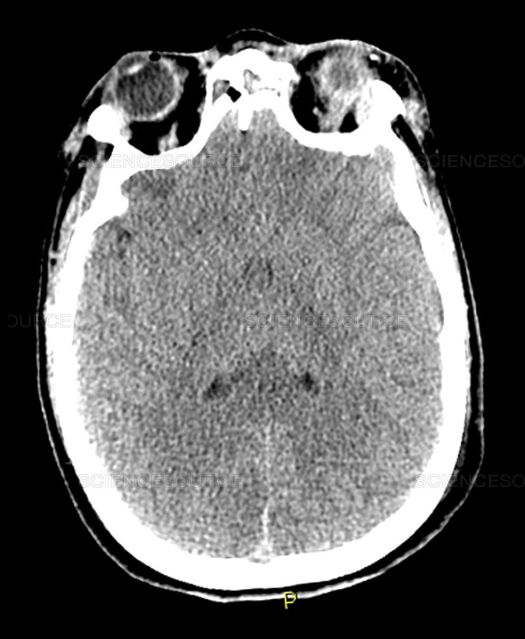Neurosurgery 96:152–171, 2025
Surgical treatment for symptomatic thoracic disc herniations (TDH) involves invasive open surgical approaches with relatively high complication rates and prolonged hospital stays. Although advantages of full endoscopic spine surgery (FESS) are well-established in lumbar disc herniations, data are limited for the endoscopic treatment of TDH despite potential benefits regarding surgical invasiveness. The aim of this study was to provide a comprehensive evaluation of potential benefits of FESS for the treatment of TDH.
METHODS: PubMed, MEDLINE, EMBASE, and Scopus were systematically searched for the term “thoracic disc herniation” up to March 2023 and study quality appraised with a subsequent meta-analysis. Primary outcomes were perioperative complications, need for instrumentation, and reoperations. Simultaneously, we performed a multicenter retrospective evaluation of outcomes in patients undergoing full endoscopic thoracic discectomy.
RESULTS: We identified 3190 patients from 108 studies for the traditional thoracic discectomy meta-analysis. Pooled incidence rates of complications were 25% (95% CI 0.22-0.29) for perioperative complications and 7% (95% CI 0.05-0.09) for reoperation. In this cohort, 37% (95% CI 0.26-0.49) of patients underwent instrumentation. The pooled mean for estimated blood loss for traditional approaches was 570 mL (95% CI 477.3-664.1) and 7.0 days (95% CI 5.91-8.14) for length of stay. For FESS, 41 patients from multiple institutions were retrospectively reviewed, perioperative complications were reported in 4 patients (9.7%), 4 (9.7%) required revision surgery, and 6 (14.6%) required instrumentation. Median blood loss was 5 mL (IQR 5-10), and length of stay was 0.43 days (IQR 0-1.23).
CONCLUSION: The results suggest that full endoscopic thoracic discectomy is a safe and effective treatment option for patients with symptomatic TDH. When compared with open surgical approaches, FESS dramatically diminishes invasiveness, the rate of complications, and need for prolonged hospitalizations. Full endoscopic spine surgery has the capacity to alter the standard of care for TDH treatment toward an elective outpatient surgery.



















You must be logged in to post a comment.